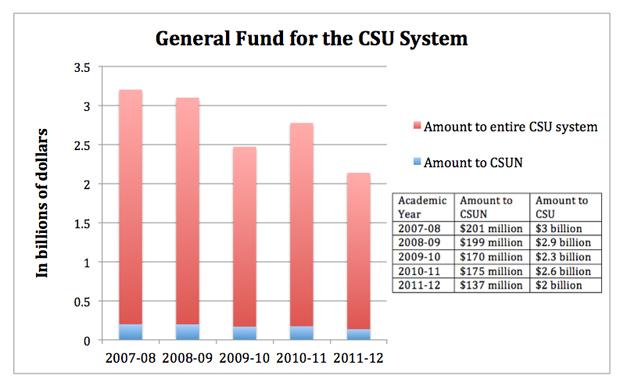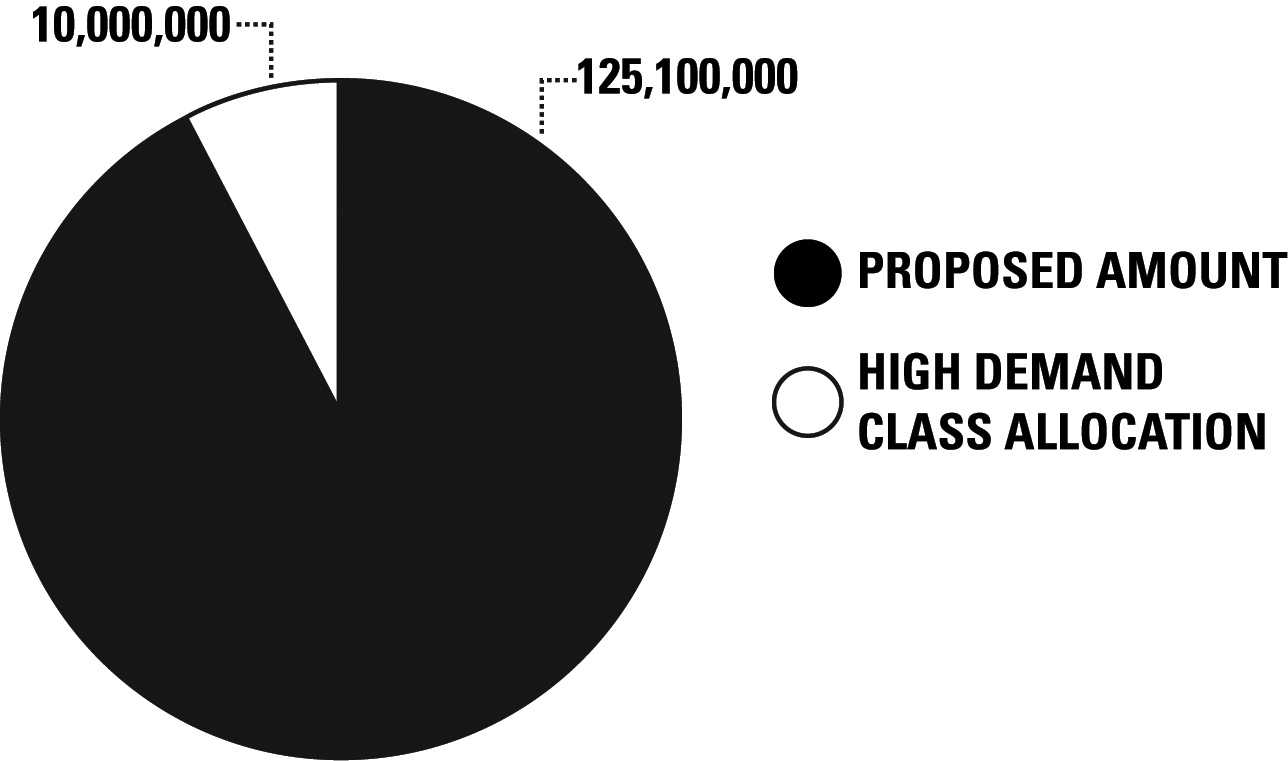
CORRECTION: Cynthia Rawitch was listed as provost. Rawitch is vice provost, while Harry Hellenbrand is provost. The “May revise” will happen after Gov. Brown receives the proposal, not before, as stated in the article.
Gov. Jerry Brown proposed a budget of an additional $125.1 million to go to the CSU system for the 2013-2014 academic year.
The total CSU budget is projected to be $2.2 billion.
The $125 million is only a portion of what the CSU requested in November, said Erik Fallis, media relations specialist for the CSU.
“We made a request (for $371.9 million) based off what we thought would be best for the students, including enrollment, services that students rely on and repairs,” he said.
This budget is based on the voters’ approval of Proposition 30, said Cynthia Rawitch, provost and vice president of Academic Affairs at CSUN.
“The campus didn’t have to cut $7 to $8 million this year and the budget won’t be cut next year either,” she said. “CSUN will get some share (of the budget), but I’m not sure what it will be yet. I’m thinking between $7 to $10 million (because) we usually get 7 to 8 percent.”
The amount each CSU receives depends on the number the campus serves, Rawitch said.
Whatever the amount CSUN receives, Rawitch said it would have a positive impact on the campus. Depending on how the money is earmarked, some things it may be used for include: opening more classes, accepting more students, or addressing some deferred maintenance issues on campus such as fixing sidewalks and buildings.

Number courtesy of CSU Public Affairs
“We may get a better idea of what we might be able to do at the board of trustees meeting on Wednesday,” Rawitch said. “(But) this is still a proposal and still has a lot of steps to go.”
The first step was Brown’s proposal, which will go to the legislature for them to look over and make any changes in what is known as the May revise, Rawitch said. Once the changes have been made, the proposal is sent back to Brown to make any additional changes. The proposal will go between Brown and the legislature until an agreement is reached.
“We hope for a budget to be voted on by June 30, but that doesn’t always happen,” Rawitch said.
Meredith Vivian, director of government relations at California State Student Association, said they will work with the governor’s office and the legislature to ensure the proposal ends up in the final budget in June.
Fallis said that receiving less money means the CSU needs to evaluate how far the money will be able to go and prioritize what will need to be addressed.
“CSSA understands that any new money invested in the CSU will help improve access, affordability and quality for all current and future CSU students,” Vivian said.
One thing that is certain is that $10 million of the budget has been earmarked for electronic “bottleneck courses,” said Rawitch.
“These are classes that are required courses in a specific major, that are in high demand for a number of students and there aren’t enough sections open,” she said. “This in turn slows the graduation rate.”
Vivian said these classes often have high enrollment, such as general education.
“These classes fill up quickly and some students find themselves having to take filler courses because they can’t get in,” she said.
Judy Heiman, principal analyst at the California Legislative Analyst’s Office, said Brown’s administration identified some important issues in higher education.
“We think the governor’s plan needs some work, though, to address those issues effectively,” she said. “For example, the plan does not identify specific outcomes that the universities should achieve with the new funding the Governor proposes to provide.”
Fallis said the chancellor and system as a whole is cautiously optimistic.
“We are hopeful this will be an indication of a stronger reinvestment in higher education for future years,” he said.




